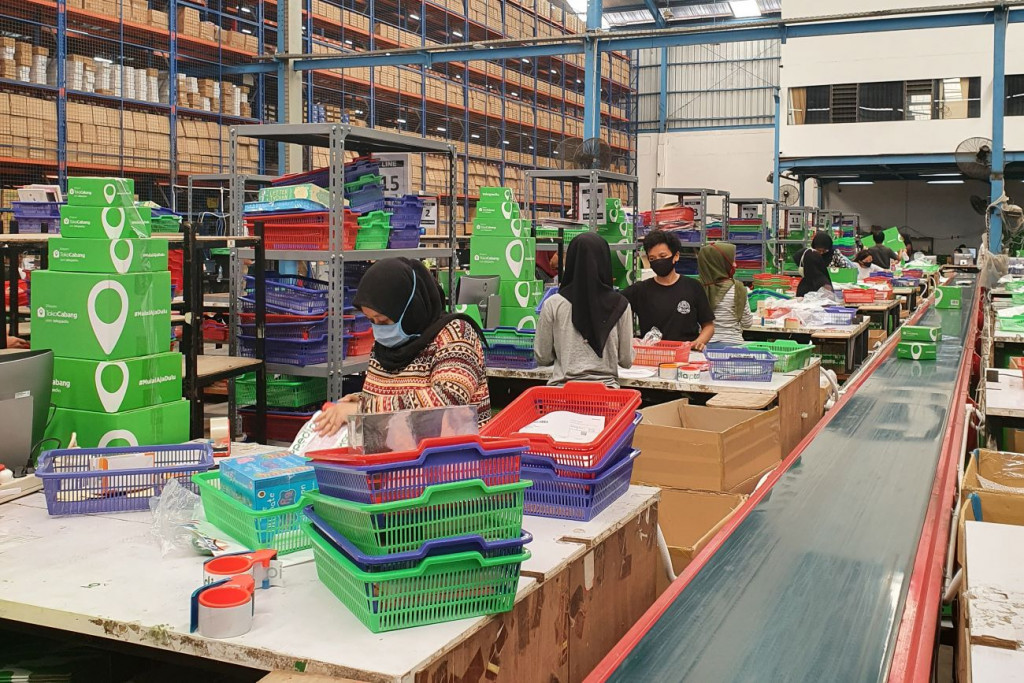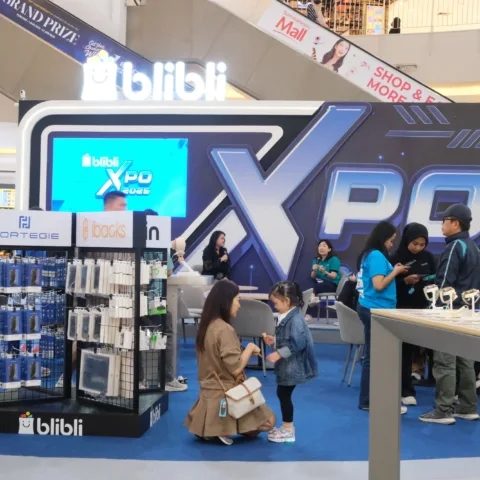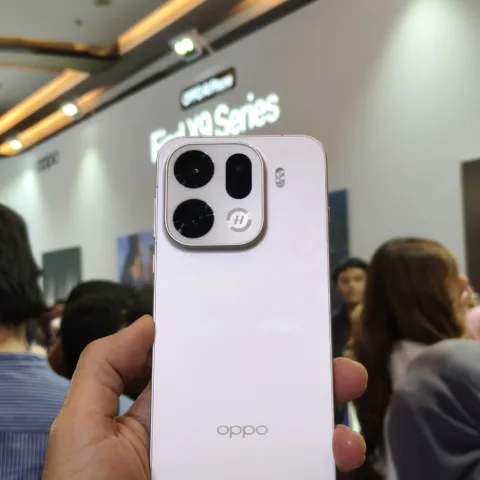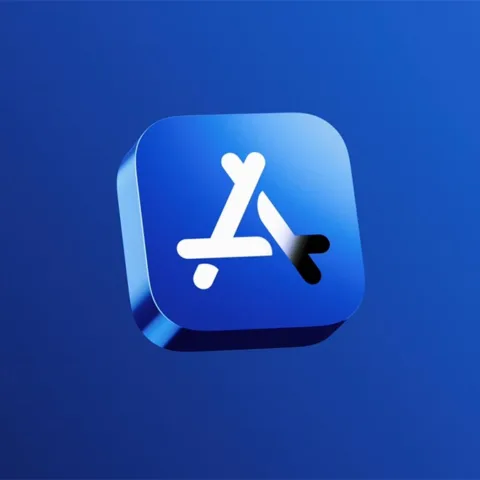It’s been over a year that Tokopedia’s fulfillment service, TokoCabang, launched to the public. This is part of Tokopedia’s ambition to become an IaaS (infrastructure-as-a-service) platform.
TokoCabang started to disrupt Tokopedia’s core business model, which was originally a pure C2C marketplace, to becoming semi B2C.
TokoCabang is operated by a partner appointed by Tokopedia, namely PT Bintang Digital Internasional under the brand Haistar. It is an e-logistics company founded in 2018. Another partner is Titipaja, the latest business unit of Anteraja‘s last-mile logistics service.
Haistar has warehouses around Jakarta, Bandung, and Surabaya. They were also chosen as Pos Indonesia’s partners for “Haipos” in optimizing the company’s assets in Medan, Palembang, and Makassar.
According to a TokoCabang seller kit, Tokopedia merchants with a minimum reputation of Gold 1 or Official Store can utilize partner warehouses to deposit their goods so they can reach consumers faster.
Moreover, some warehouses that can be used by merchants are Haistar Gading, Haistar Kamal, Haistar Bandung, Haistar Surabaya, and Haistar Makassar. Titipaja is currently available in Cililitan, Jakarta because it was just launched earlier this year. However, the company plans to expand to Bandung, Medan, Denpasar, and Pontianak.
TokoCabang practices semi B2C concept where the warehouse partners, in this case Haistar and Titipaja, will receive the fees from merchants calculated based on monthly volume. For example, if it’s over 1000 units, a fulfillment fee of IDR 2,400 per unit is charged for each item sold and a storage fee of IDR 2,000 per unit per month.
The cost is considered more efficient than merchants having to open branches with their own warehouses, also to think of labor costs, packaging costs, and warehouse expenses. This is a win-win solution created by Tokopedia for all stakeholders.
This pandemic limits mobility, including in meeting daily needs. As result shopping patterns tend to shift from offline to online. The number of online sellers has increased.
According to the company’s internal records, there were one million new sellers to 8.3 million in May 2020 within three months.
A game-changer in the e-commerce sector
Tokopedia’s solution can be said to be different from what other B2C e-commerce platforms offer, for example, Blibli, Lazada, and JD.id.
All B2C players multiply physical assets, in the form of warehouses, to store items for sale. Having a warehouse that is spread out at several points in each city means a shorter delivery distance. Delivery time will be much shorter and shipping costs paid by consumers will be even cheaper.
Earlier this year, Blibli plans to add warehouses to 21 units, as well as hubs and mobile hubs, to 43 units to accelerate delivery. JD.id currently has 11 warehouses around Medan, Jakarta, Semarang, Pontianak, Surabaya, and Makassar. Whereas Lazada has 12 warehouses and 75 hubs. The largest ones are in Cilodong, Makassar, Surabaya, and Balikpapan.
This month, Tokopedia is to expand TokoCabang in Makassar, Medan, and Palembang. Since it was launched in Jakarta, Bandung, and Surabaya, sellers who take advantage of this do not need to consider operational issues – both when receiving orders, packing, and even delivering to couriers, especially when facing surging demand.
Tokopedia’s Head of Fulfillment Erwin Dwi Saputra explained, during the pandemic, there was a significant jump in the number of orders handled by TokoCabang by 2.5 times in the second quarter compared to the first quarter of this year.
One of TokoCabang consumers is Big Bad Wolf event, which holds an online book bazaar on May 27-May 3 and June 24-30. Hundreds of thousands of books are sold, packaged, and distributed to various regions faster through the TokoCabang.
Consumers who choose services through Tokopedia can utilize the “Dilayani Tokopedia (Fulfillment by Tokopedia)” filter on the search page.
–
The original article is in Indonesian, translated by Kristin Siagian













